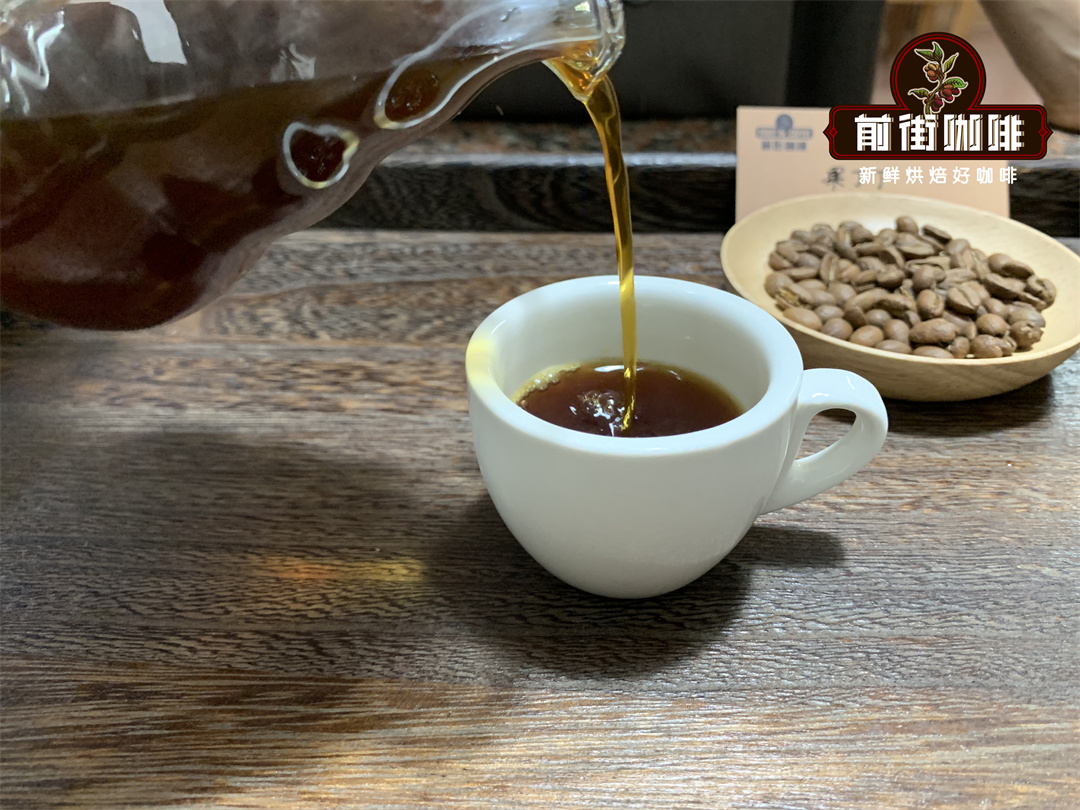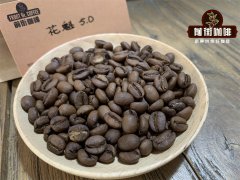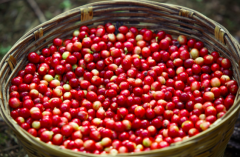What is the flavor of coffee? What are the regional representatives that highlight the flavor?
The water-soluble taste and aromatic compounds of coffee are mainly perceived by odors (olfactory membranes) and taste buds (nerve endings on the tongue). Coffee cup testers (professional coffee tasters) usually distinguish the taste (flavor) of coffee according to acidity, aroma and mellowness, or describe the flavor as the remaining quality after taking into account these qualities. More common flavors include these qualities.
What is a balanced coffee flavor?
The taste of coffee introduces the unique aroma and taste characteristics of coffee as a whole and integrated feeling / perception, fusion, sour taste, aroma, bitterness, sweetness and aftertaste. Balanced coffee is a kind of coffee that does not have a single flavor feature dominant and / or overwhelm / overwhelm other flavor characteristics. Many of the world's best coffees are balanced, although some highly rated coffees are particularly popular because of their unique (unbalanced) tastes.
Coffee taste description
Some general coffee taste descriptions include complex (multiple flavors) and full-bodied (describing full-bodied coffee). Some coffee has the taste of red wine, which is reminiscent of and is called the smell of wine. Other coffees have fruity aromas, suggesting berries or oranges.

Fruity coffee
The fruit taste is often a sweet natural taste and is one of the most sought-after qualities of the best coffee. They are usually divided into drupes (peaches, apricots, nectarines) to citrus fruits (orange , lemon, grapefruit, nectarine) and berries (raspberries, strawberries, blackberries, blackcurrants, cherries). Generally speaking, coffee produced in Africa has a lot of fruity flavor, while coffee grown in South America sometimes makes them secondary. Some areas with outstanding relevant flavors are listed here. For more information, please refer to each page:
Kenya-berries
Yega Sheffield region, Ethiopia-citrus (lemon)
Brazilian coffee-fruity (cherry)
Costa Rican coffee-tropical fruit
Tanzanian coffee-tropical fruits (kiwifruit), berries (blackberries)
Guatemalan coffee-citrus (orange, green apple)
Colombian coffee-berries (blackberries, currants), drupes (peaches, apricots)
Changes in crops from year to year mean that some years show more obvious flavors than others, and different varieties in a country have different flavors, but these descriptions often appear in the above-mentioned coffee. Fruity aroma as an espresso flavor is not common because organic compounds are destroyed at the "espresso roasting" point-please note that any roasting (including medium roasting) can be used in an espresso machine.
Chocolate coffee
There are many different terms that can be used to describe chocolate. Not surprisingly, it is a very popular taste. It can be described as milk chocolate, Swiss chocolate, dark chocolate and cocoa. You will find that many South American countries take the lead in chocolate flavor, especially Colombia and Brazil. Many of these places are also famous for growing cocoa, which is used to make chocolate.
Brazilian Coffee-Milk Chocolate
Colombian coffee-cocoa
Burundian coffee-dark chocolate
Salvadoran coffee-chocolate
Although the more subtle flavors (milk chocolate) are stronger in medium baking, the heavy flavors of dark chocolate and cocoa persist into deeper baking and become more prominent as the more subtle flavors of each origin fade away. Dark chocolate is a more prominent espresso flavor than milk chocolate.
Coffee syrup
They are made up of natural and man-made ingredients, purely for taste. There are also real coffee-flavored syrups, including coffee and espresso, which can be added to milkshakes and other desserts without brewing and retaining real coffee.
Espresso flavor
Espresso is not a special type of coffee, it's just a term used to describe coffee brewed in an espresso machine or machine. Very deep roasted coffee is canonically called espresso roasting, although any coffee roasting can be used in an espresso machine.
Espresso is usually very rich in flavor compared to regular coffee because the beverage contains more dissolved solids. The espresso machine uses finer coffee grinding, which combined with a higher pressure brewing process means more coffee is extracted.
Important Notice :
前街咖啡 FrontStreet Coffee has moved to new addredd:
FrontStreet Coffee Address: 315,Donghua East Road,GuangZhou
Tel:020 38364473
- Prev

Where does Africa produce the best coffee? six African countries that grow high-quality coffee
African coffee is one of the best coffee in the world. Although famous for its fruity and wine acidity, each country offers unique assets due to differences in production, processing and climate. Coffee is grown in many African countries, especially in East Africa. But only a few countries export high-quality Arabica coffee beans to western markets. There are six African coffee producing areas that you should know about.
- Next

What kind of Hawaiian Kona Coffee? comparison between Kona Coffee and Blue Mountain Coffee
Kona Coffee is a high-quality Arabica coffee grown in the Kona District on the west side of the Big Island of Hawaii. Its growing area is called the Kona Coffee Belt, also known as the hometown of Kona Coffee. Hawaiian Kona Coffee is famous for its simple and rich flavor, usually light, delicate and mild, with complex aromas and flavors. High-quality Kona coffee is clean, balanced and well-bodied.
Related
- What brand of black coffee is the most authentic and delicious? what are the characteristics of the flavor of the authentic Rose Summer Black Coffee?
- Introduction to the principle and characteristics of the correct use of mocha pot A detailed course of mocha pot brewing coffee is described in five steps.
- Which is better, decaf or regular coffee? how is decaf made?
- How much is a bag of four cat coffee?
- How about four Cat Coffee or Nestle Coffee? why is it a cheap scam?
- Which is better, Yunnan four Cats Coffee or Nestle Coffee? How about cat coffee? is it a fake scam? why is it so cheap?
- How about Cat Coffee? what grade is a hoax? which instant coffee tastes better, four Cat Coffee, Nestle Coffee or G7 coffee?
- Process flow chart of coffee making-Starbucks coffee making process what coffee tastes good at Starbucks
- The top ten best coffee beans in the world Rose summer coffee or Tanzanian coffee tastes good
- Yunnan four cat coffee is good to drink?_four cat coffee is a big brand? four cat blue mountain coffee is fake?

